This Is the Best Time of the Day to Exercise, According to Science
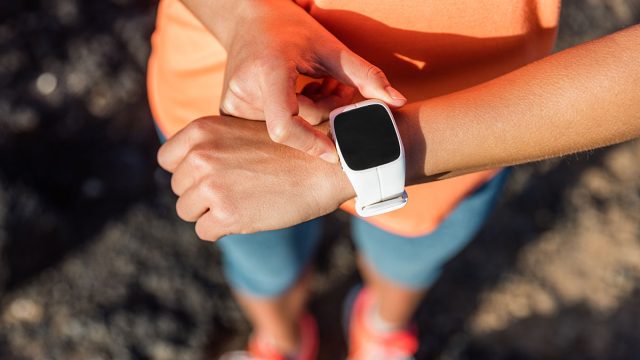
Some people like to exercise first thing in the morning, while others enjoy hitting the gym at lunchtime or even late at night. The question commonly asked: Is there actually the best time of the day to exercise? Over the years, researchers have studied the topic extensively, coming up with contradictory results. Here is everything you need to know about what they have determined is the best time of the day to exercise and the pros and cons of each.
Exercising in the Morning Might Be Good for Heart Health and Lead to Better Sleep
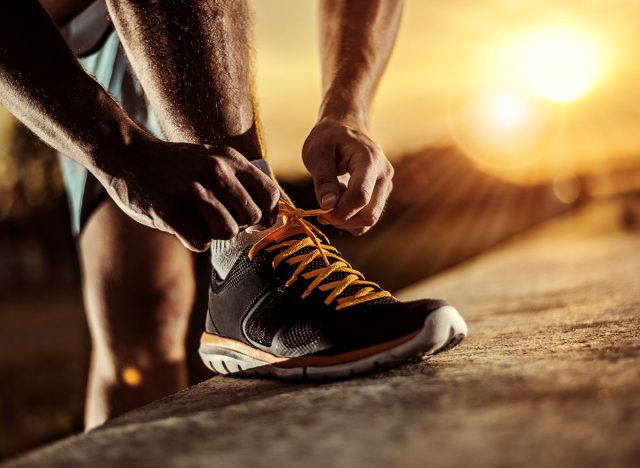
Exercising in the morning may boost heart health benefits, a 2022 study determined. Another study also linked it to better sleep and psychological function.
It Also Might Lead to a Lower BMI
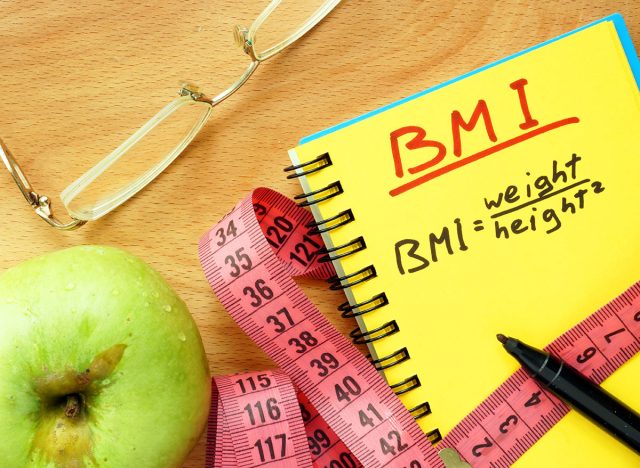
Another study published in Obesity linked morning workouts to a lower BMI. Researchers determined that people who exercised between the hours of 7 am and 9 am had a lower body mass index than afternoon or night exercisers.
Morning Exercise Gets It Out of the Way
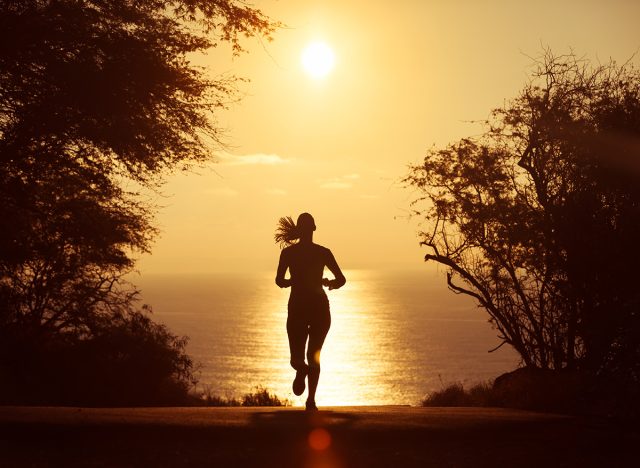
Many experts and weight loss warriors recommend morning workouts as they get exercise out of the way. You are also less likely to procrastinate and actually get it done.
Afternoon Workouts Offer More Time to Sleep
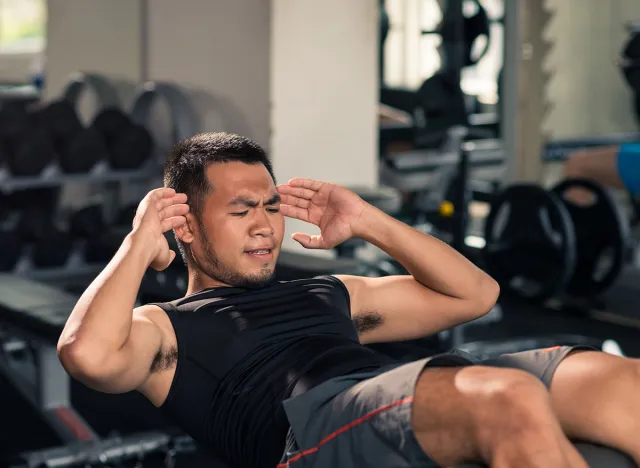
According to small studies of competitive athletes, afternoon workouts are better than morning workouts. One study found that compared to early morning workouts, afternoon sessions enabled them to play better and even sleep longer.
RELATED: 10 "Lazy Girl" Weight Loss Tips
Afternoon Workouts May Help Heart Health
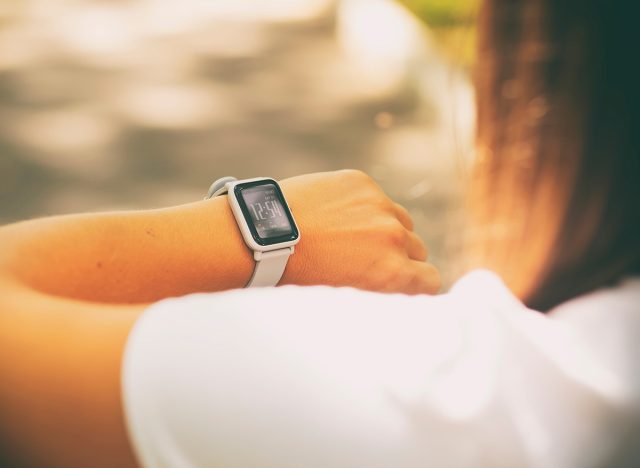
A large Chinese study found that heart health can be improved by working out in the afternoon. Researchers pinpointed the ideal time for your heart to exercise is between 11 am and 5 pm.
Evening Workouts May Improve Longevity
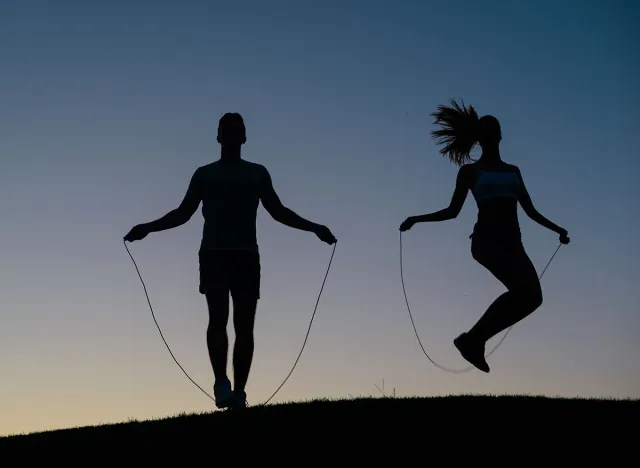
A recent study published in Diabetes Journals maintains that evening is ideal for exercise – especially for those who are overweight. Researchers analyzed data from 30,000 middle-aged people with obesity, finding that evening exercisers were 28 percent less likely to die of any cause than those who worked out in the morning or afternoon.
Evening Workouts May Promote Muscle Strength
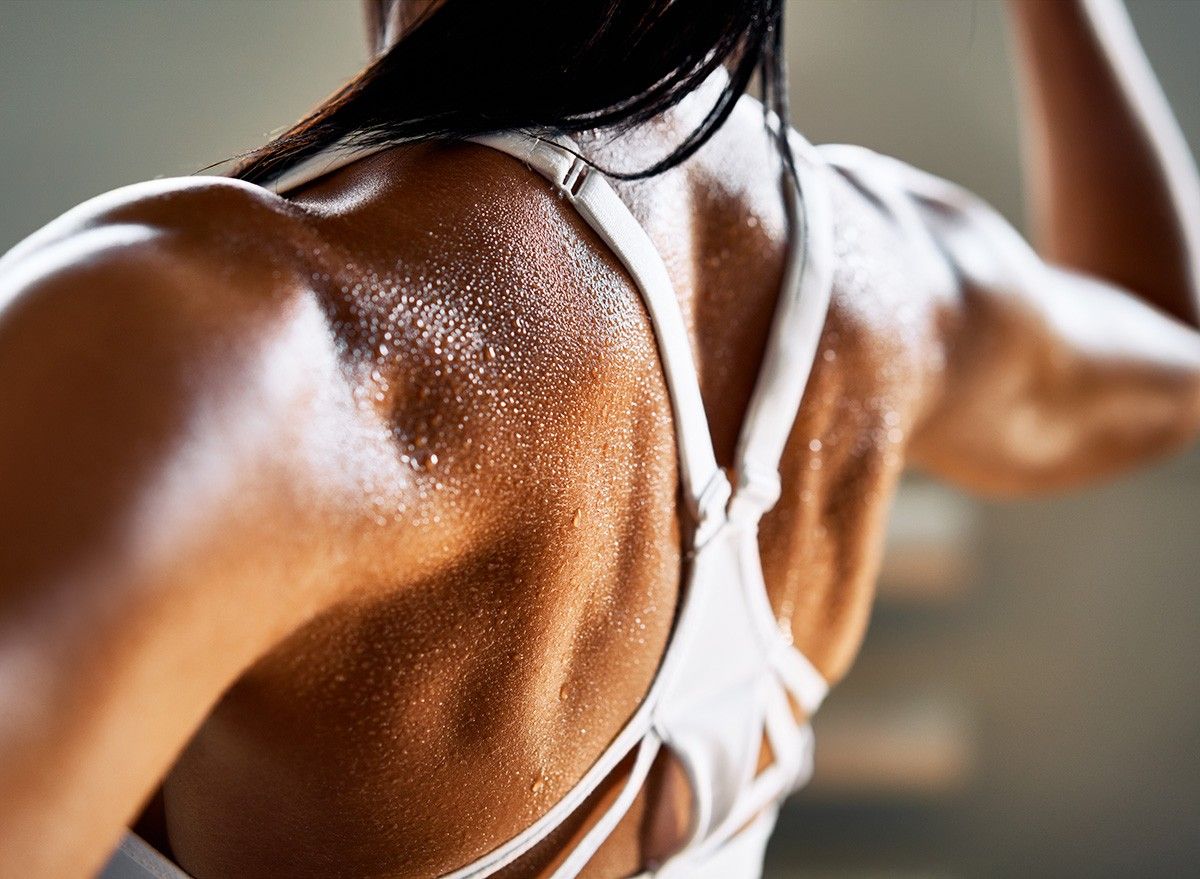
One study published in Journal of Sports Science & Medicine determined that peak muscle performance occurs in the afternoon and early evening due to fluctuations in hormone levels and core body temperature.
RELATED: Lose 10 Pounds with These 5 Tips
It Might Not Matter What Time of the Day You Exercise
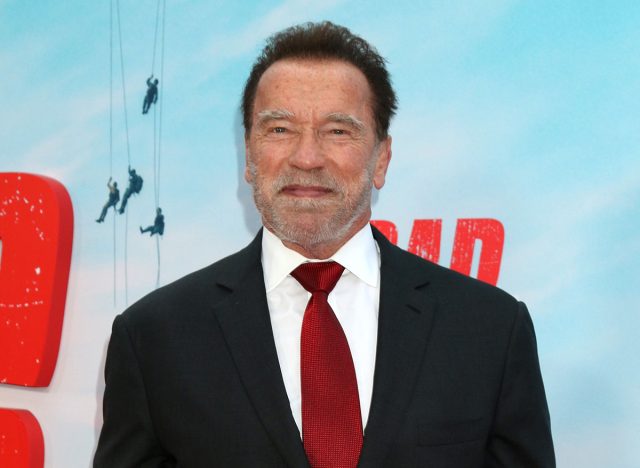
Arnold Schwarzenegger addressed the new Australian study in his newsletter, drawing upon 2023 study, which found that the time of the day you exercise doesn't really matter. "I will continue to train in the morning," he wrote. "It's automatic for me."
Here Is How Long You Should Exercise
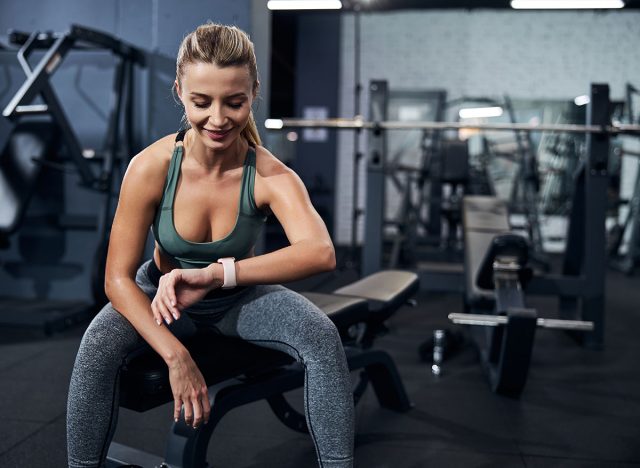
Most experts agree that exercising any time of the day is better than not exercising at all. How long do you need to sweat? Each week, adults need 150 minutes of moderate-intensity physical activity and 2 days of muscle-strengthening activity, according to the current Physical Activity Guidelines for Americans.
You Can Also Try to Move Throughout the Day

Some experts also recommend getting in movement periodically throughout the day. This could be in the form of taking 10-minute walk breaks after meals or dividing your weight lifting and cardio into separate sessions.
💪🔥Body Booster: Make sure you exercise at least 150 minutes per week.




